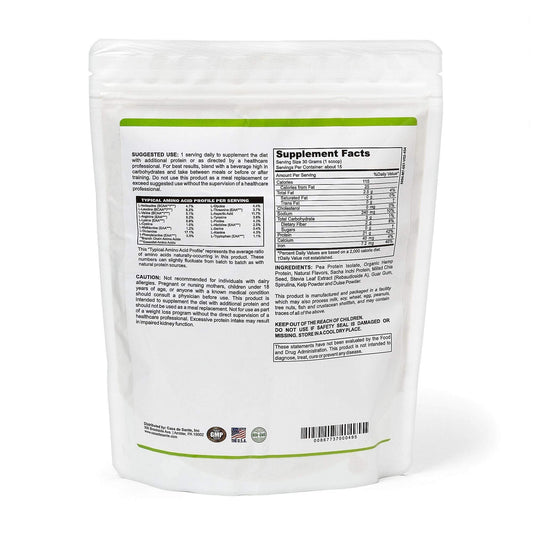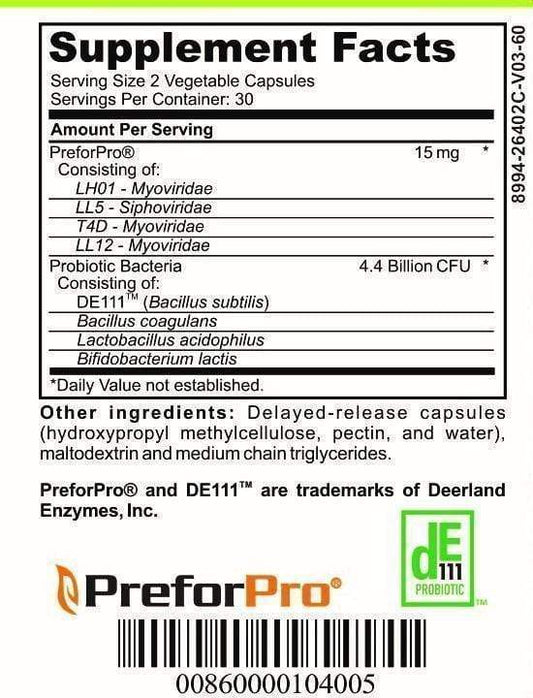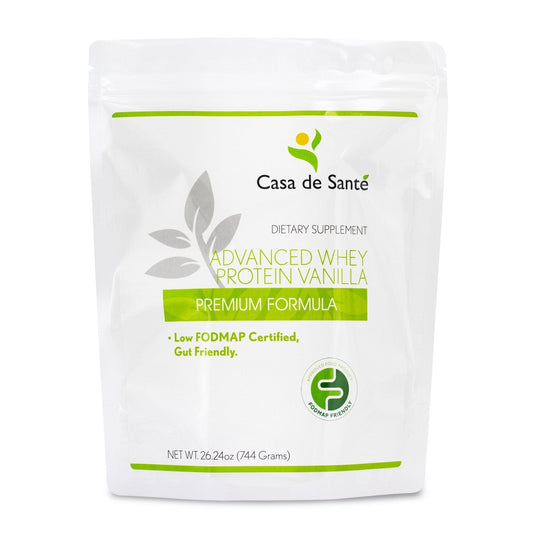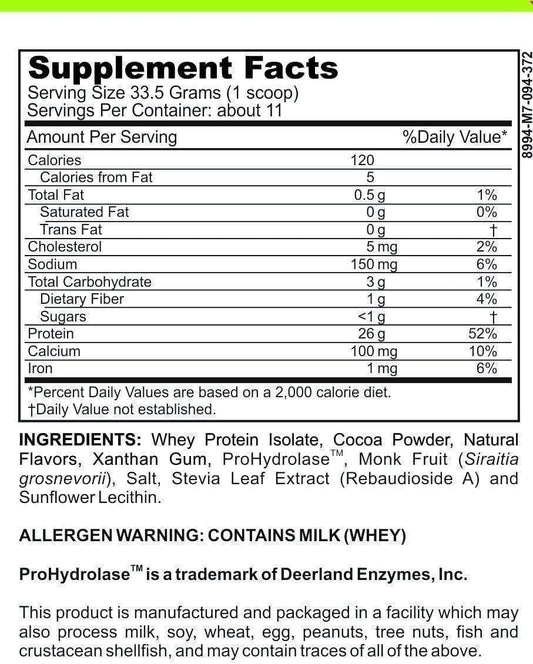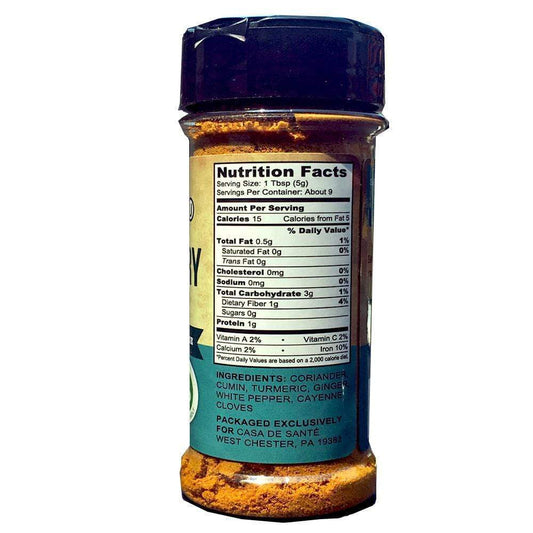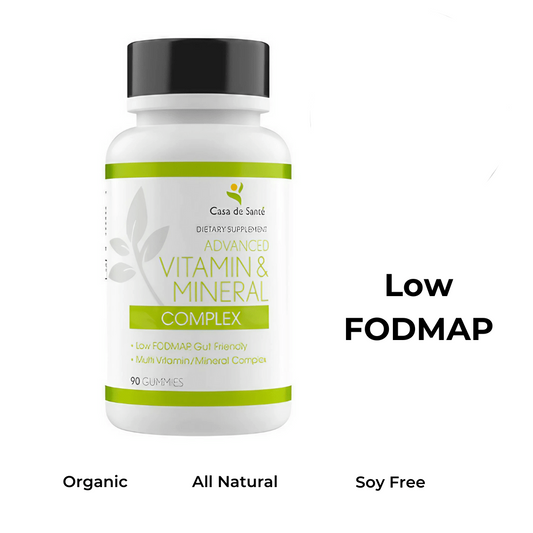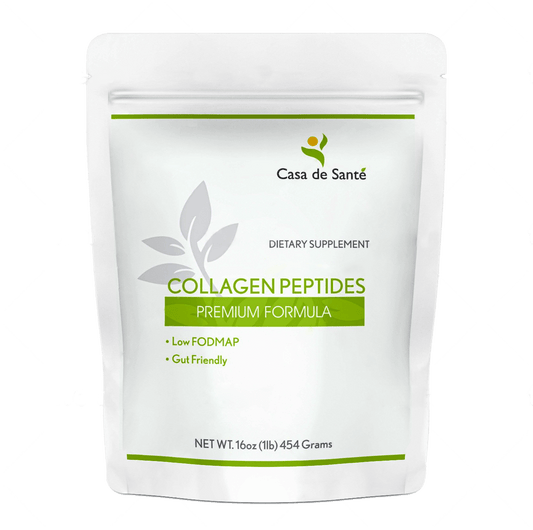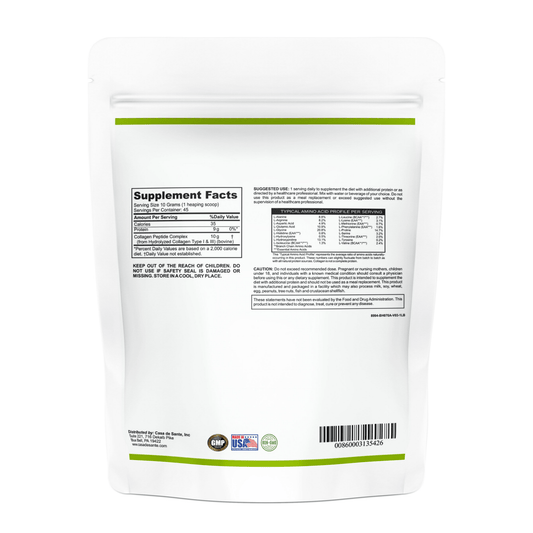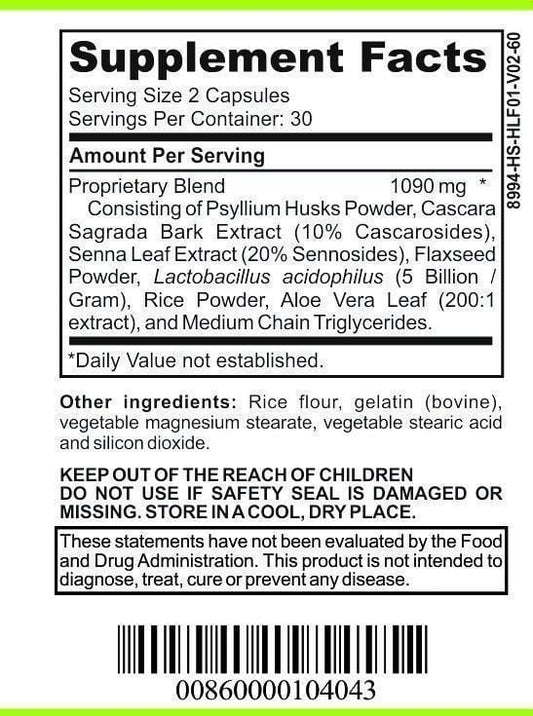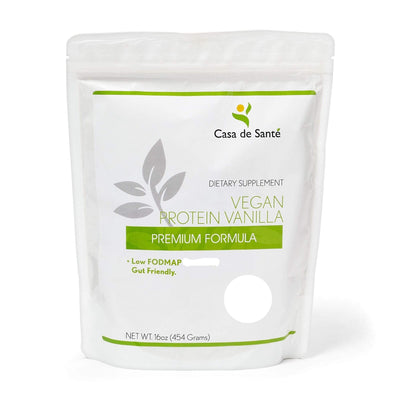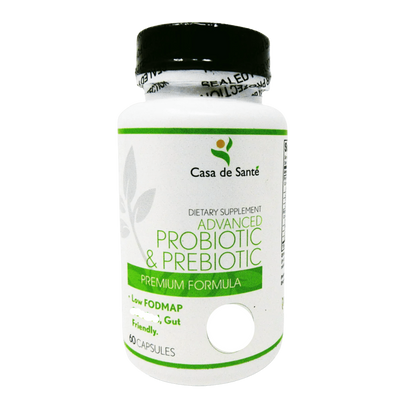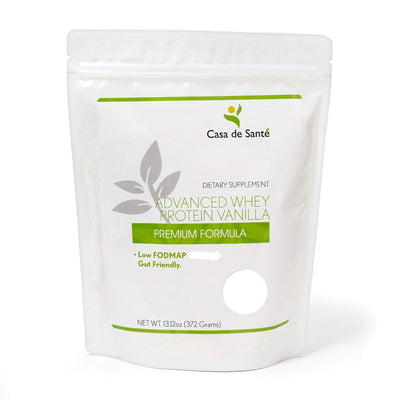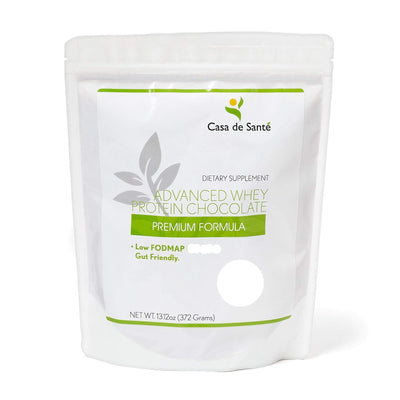Corn On The Cob FODMAP
Corn On The Cob FODMAP
Corn on the cob is a delicious and versatile summer staple that many people enjoy. However, if you are following a low FODMAP diet, you may be wondering if you can still include corn on the cob in your meals. In this article, we will explore the topic of corn on the cob and FODMAPs to help you make informed dietary choices.
Understanding FODMAP
To understand the relationship between corn on the cob and FODMAPs, it's important to first understand what FODMAPs are. FODMAPs are a group of carbohydrates that can cause digestive symptoms in some individuals. The term "FODMAP" stands for Fermentable Oligosaccharides, Disaccharides, Monosaccharides, and Polyols. These are specific types of sugars and fibers that are poorly absorbed by the small intestine, leading to symptoms such as bloating, gas, and abdominal pain.
What is FODMAP?
FODMAPs are found in a wide variety of foods, including fruits, vegetables, grains, and dairy products. Some common examples of high FODMAP foods include wheat, onions, garlic, dairy products, and certain fruits like apples and pears. Avoiding high FODMAP foods is the primary strategy for managing symptoms in individuals with irritable bowel syndrome (IBS) or other digestive disorders.
The Role of FODMAP in Digestive Health
While FODMAPs can cause digestive symptoms in some individuals, they are not inherently "bad" or harmful to overall health. In fact, many high FODMAP foods are highly nutritious and provide important nutrients like fiber, vitamins, and minerals. The key is to identify your individual tolerance for FODMAPs and make dietary choices accordingly.
When it comes to corn on the cob, it is considered a low FODMAP food. This means that it contains minimal amounts of the types of sugars and fibers that can trigger symptoms in individuals with FODMAP sensitivity. Corn on the cob is a delicious and versatile vegetable that can be enjoyed by many people without causing digestive distress.
Not only is corn on the cob low in FODMAPs, but it also offers several health benefits. It is a good source of dietary fiber, which can promote healthy digestion and help prevent constipation. Corn on the cob is also rich in antioxidants, such as lutein and zeaxanthin, which are beneficial for eye health.
When selecting corn on the cob, it's important to choose fresh, ripe ears. Look for husks that are green and tightly wrapped, with plump kernels that are evenly spaced. Avoid ears that have brown or dry husks, as this may indicate that the corn is past its prime.
There are many delicious ways to enjoy corn on the cob. It can be boiled, grilled, or roasted, and served with a variety of seasonings and toppings. Some popular options include butter, salt, pepper, and herbs like cilantro or basil. For those with a sweet tooth, corn on the cob can even be enjoyed as a dessert, by brushing it with melted butter and sprinkling it with cinnamon and sugar before grilling.
It's worth noting that while corn on the cob itself is low in FODMAPs, certain preparations or additions may increase its FODMAP content. For example, if you choose to slather your corn on the cob with garlic butter or serve it with a side of onion rings, you may be adding FODMAPs to your meal. It's important to be mindful of the ingredients and seasonings you use to ensure that your corn on the cob remains FODMAP-friendly.
In conclusion, corn on the cob is a delicious and nutritious vegetable that can be safely enjoyed by individuals with FODMAP sensitivity. Its low FODMAP content makes it a suitable choice for those following a low FODMAP diet, while its fiber and antioxidant content provide numerous health benefits. So go ahead and savor the sweet, juicy kernels of corn on the cob, knowing that it can be a tasty addition to your FODMAP-friendly meals.
Corn on the Cob and FODMAP
Corn on the cob is a delicious and versatile vegetable that can be enjoyed in various ways. It is a starchy vegetable that contains both soluble and insoluble fiber, which can be beneficial for digestive health. However, when it comes to FODMAPs, there are some factors to consider.
Nutritional Profile of Corn on the Cob
Corn on the cob is rich in several essential nutrients, including vitamins A, B, and C, as well as minerals like potassium and magnesium. It also provides dietary fiber, which can support regularity and overall digestive health. Despite its nutritional benefits, corn on the cob does contain some FODMAPs.
In addition to its vitamins and minerals, corn on the cob also contains antioxidants such as lutein and zeaxanthin, which are beneficial for eye health. These antioxidants help protect the eyes from harmful UV rays and reduce the risk of age-related macular degeneration.
Corn on the cob is also a good source of energy due to its carbohydrate content. The carbohydrates in corn are mainly in the form of starch, which provides a slow and steady release of energy. This makes corn on the cob a great option for athletes or individuals who need sustained energy throughout the day.
FODMAP Content in Corn on the Cob
Corn on the cob contains a type of carbohydrate known as fructose. Fructose is a monosaccharide that is considered a FODMAP when consumed in excess or in combination with other high FODMAP foods. However, the amount of fructose in corn on the cob is typically well-tolerated by most individuals, especially when consumed in moderation.
When it comes to FODMAPs, it's important to consider the overall diet and how different foods are combined. For example, if you were to have corn on the cob with a high FODMAP food like onion or garlic, it may increase the overall FODMAP load and potentially trigger symptoms in individuals who are sensitive to fructose.
It is important to note that everyone's tolerance to FODMAPs can vary, and some individuals may be more sensitive to fructose than others. If you have a known intolerance or sensitivity to fructose, it may be best to limit your consumption of corn on the cob or consult with a registered dietitian for personalized guidance.
In addition to fructose, corn on the cob also contains a small amount of another FODMAP called fructans. Fructans are a type of carbohydrate that can be poorly absorbed in the small intestine, leading to digestive symptoms in some individuals. However, the fructan content in corn on the cob is generally low and should not cause significant issues for most people.
Overall, corn on the cob can be enjoyed as part of a balanced diet, even for individuals following a low FODMAP diet. It is a nutritious vegetable that provides essential vitamins, minerals, and fiber. As with any food, it's important to listen to your body and make choices that work best for your individual needs and tolerances.
Impact of Cooking Methods on FODMAP Levels
The way corn on the cob is prepared and cooked can also impact its FODMAP content. Different cooking methods can alter the structure and composition of carbohydrates in foods, potentially affecting their FODMAP levels. Let's explore two common cooking methods for corn on the cob: boiling and grilling.
Boiling Corn on the Cob
When you boil corn on the cob, some of the soluble fibers, including FODMAPs, may leach into the cooking water. However, this does not mean that boiled corn on the cob is completely devoid of FODMAPs. The amount of FODMAPs that leach into the water depends on factors such as cooking time and the water temperature. To minimize FODMAP content, you can consider boiling the corn for a shorter duration or using less water.
Boiling corn on the cob has its advantages. It is a simple and convenient method that requires minimal preparation. Additionally, boiling corn on the cob can help retain its natural moisture, resulting in tender and juicy kernels. The heat from boiling also helps to break down the starches present in corn, making it easier to digest.
On the other hand, boiling corn on the cob for an extended period can lead to nutrient loss. Water-soluble vitamins, such as vitamin C and B vitamins, may leach into the cooking water and be lost when drained. To minimize nutrient loss, it is recommended to cook corn on the cob for a shorter duration and avoid overcooking.
Grilling Corn on the Cob
Grilling is another popular method for preparing corn on the cob. Grilling corn can bring out its natural sweetness and enhance its flavor. When you grill corn on the cob, the heat from the grill can slightly caramelize the natural sugars, resulting in a subtle enhancement of sweetness. This process does not significantly alter the FODMAP content of corn on the cob, making it a delicious option for individuals following a low FODMAP diet.
Grilling corn on the cob offers a unique and smoky flavor profile that is irresistible to many. The direct heat from the grill creates charred marks on the corn, adding visual appeal and a slightly smoky taste. Grilling also allows for customization by adding seasonings and spices to enhance the overall flavor of the corn.
It is important to note that grilling corn on the cob requires some preparation. The corn husks should be removed or pulled back, and the corn can be brushed with oil or butter to prevent it from sticking to the grill grates. Grilling time can vary depending on the heat of the grill and the desired level of char and tenderness.
While grilling corn on the cob is a delicious option, it is essential to monitor the cooking process closely to avoid burning or drying out the corn. Overcooking can result in tough and chewy kernels, diminishing the overall enjoyment of the dish.
Whether you choose to boil or grill corn on the cob, both methods have their unique advantages and can result in a tasty and satisfying meal. Experimenting with different cooking techniques can help you find your preferred way of preparing corn on the cob while considering the impact on FODMAP levels.
Incorporating Corn on the Cob into a Low FODMAP Diet
If you enjoy corn on the cob and want to include it in your low FODMAP diet, there are a few things to keep in mind.
Portion Sizes and FODMAP Levels
While corn on the cob generally has a low FODMAP content, portion sizes can still play a role in symptom management. It is recommended to consume a standard portion size, which is typically one medium-sized ear of corn on the cob. Consuming large quantities of corn on the cob in one sitting may increase your overall FODMAP intake and potentially trigger symptoms in sensitive individuals.
Pairing Corn on the Cob with Other Low FODMAP Foods
To create a well-balanced and satisfying meal, it's important to pair corn on the cob with other low FODMAP foods. Consider combining corn on the cob with protein sources like grilled chicken, tofu, or seafood, as well as low FODMAP vegetables and grains. This can help provide a variety of nutrients while keeping your meal low in FODMAPs.
Alternatives to Corn on the Cob for a Low FODMAP Diet
If you find that corn on the cob does not agree with your digestive system or you simply want to explore other low FODMAP options, there are a variety of alternatives to consider.
Other Low FODMAP Vegetables
There are many other low FODMAP vegetables that you can enjoy in place of corn on the cob. Some examples include carrots, green beans, zucchini, bell peppers, and spinach. These vegetables can be prepared in various ways, such as steaming, roasting, or stir-frying, to add variety to your low FODMAP meals.
Low FODMAP Grains and Cereals
Grains and cereals can also be a tasty addition to a low FODMAP diet. Quinoa, rice, millet, and oats are all low FODMAP options that can be prepared in different ways to suit your taste preferences. You can pair these grains with low FODMAP proteins and vegetables to create balanced and satisfying meals.
Conclusion
Corn on the cob can be a delicious and nutritious addition to a low FODMAP diet when consumed in moderation and in appropriate portion


